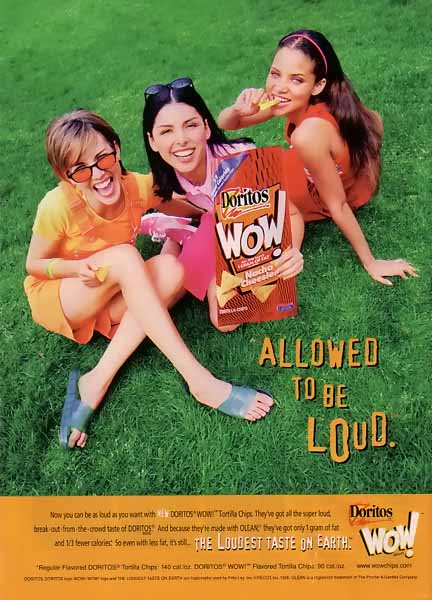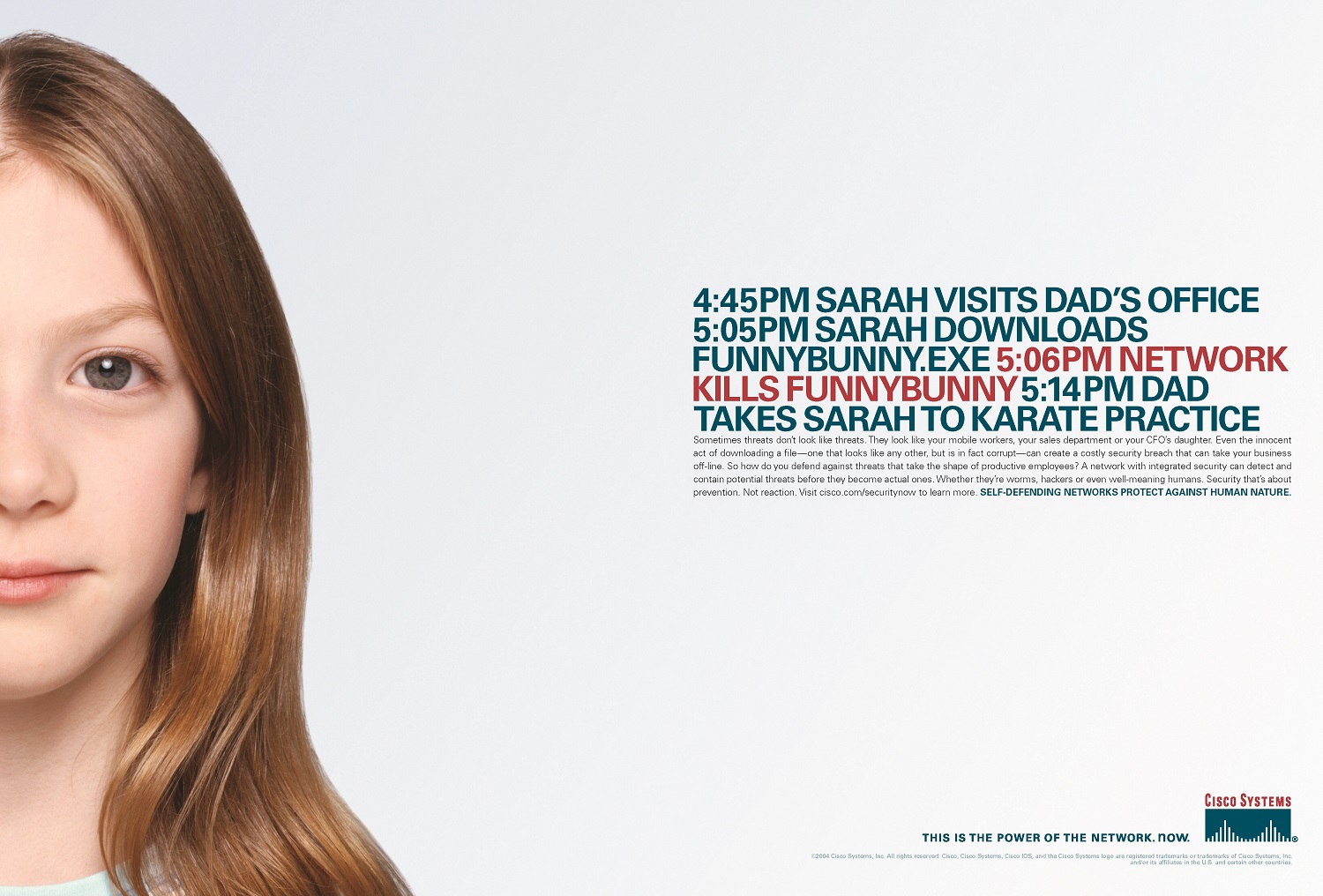The Frito Company began operations in San Antonio, Texas, in 1932 and merged with H. W. Lay & Company to form Frito-Lay in 1961. Four years later, Frito-Lay merged with the Pepsi-Cola Company to form PepsiCo, and during the 1990s the snack food division became known as the Frito-Lay Company. In 1997 Frito-Lay expanded its product lines in Europe, Australia, and South America by purchasing salty snack brands in countries there, and in the United States it acquired the Cracker Jack brand of candy-coated popcorn and peanuts. Frito-Lay made nine of the 10 top-selling brands of snack chips in the United States, including Lay’s and Ruffles potato chips, Cheetos cheese puffs, Rold Gold pretzels, and Tostitos and Doritos tortilla chips. The company’s first product had been Fritos corn chips, which were promoted for years by a character called the Frito Kid and later with the tag line ‘‘Munch a Bunch! Continue reading
Advertising Case Studies
Case Study: Seinfeld Ad Campaign by Amex
American Express is a global, diversified financial services company headquartered in New York. The company is over 150 years old, founded in 1850. It is best known for its credit card, charge card, and travelers check business, but has numerous ancillary operations that are profit centers. On of the key factors in the improvement of American Express in the market is the continual thrust of its brand. Beginning in the 1960s American Express distinguished itself for two decades with several highly acclaimed campaigns. Advertising Age included two 1970s American Express campaigns (‘‘Do You Know Me?’’ and ‘‘Don’t Leave Home without It’’ featuring Karl Malden) on its list of the ‘‘50 Best Commercials.’’ The 1988 print campaign featuring photos of famous card members by Annie Leibovitz was a finalist for the book Advertising’s Ten Best of the Decade 1980—1990. But in 1990 AT&T Corp. disrupted the general purpose credit card market Continue reading
Case Study: Cisco “Self-Defending Network” Ad Campaign
Besides being one of the NASDAQ’s fastest-growing stocks during the late 1990s, Cisco was also the world’s leading producer of switches and routers that directed traffic across the Internet. In 1998 Cisco released advertising that encouraged Internet usage, which in turn increased the demand for Cisco’s hardware. Two years later Cisco’s ad agency, Hill, Holliday, Connors, Cosmopulos, Inc., introduced a $43.8 million campaign with the tagline ‘‘Empowering the Internet generation.’’ The campaign’s television spots, including one titled ‘‘Factory,’’ featured Cisco’s hardware increasing businesses internet usage, which indirectly boosted the businesses profits. After the technology sector plummeted in late 2000, Cisco did not release a campaign for almost three years. In June 2002 Cisco awarded its advertising account to DarkGrey, the technology unit of Grey Global Group. For its first few months doing business with Cisco, DarkGrey developed a campaign with the tagline ‘‘Advancing the human network.’’ None of the DarkGrey Continue reading
Case Study: Apple iMac Ad Campaign
In the late 1990s technology analysts speculated that Apple Computer, Inc.’s fate hinged on its new personal computer the iMac. Apple’s share of the worldwide desktop-computer market had plummeted since 1995, the last year the company had been profitable. Ever greater numbers of consumers were buying personal computers (PCs) that ran on Microsoft’s Windows operating system rather than Apple’s version. Although Apple had pioneered user-friendly computers, the company had not introduced a consumer-targeted computer since 1992. Hoping that its stylish new iMac would propel Apple back into this vast segment of the market, Apple released its iMac ad campaign. The iMac ad campaign consists of a series of seven television commercials. These commercials advance Apple Computers newest generation of personal computers: the iMac. The iMac is a personal computer that is an AIO unit (All In One) and is housed in a translucent white and green case. Apple has attempted Continue reading
Case Study: Apple iPod Silhouette Ad Campaign
Released by Apple Computer, Inc., in November 2001, the iPod rapidly grew in sales and by 2005 had become the world’s top-selling MP3 player. With a 1,000-song capacity, the first iPod worked only with Apple computers and retailed at $400. From 2003 to 2005, however, Apple ferociously promoted five new Windows-compatible iPod models, along with the company’s digital music store, iTunes. In an attempt to define the fun associated with the iPod brand and to steer advertising away from the Apple computer, the company released its ‘‘Silhouette’’ campaign. In October 2003 ad agency TBWA\Chiat\Day (TBWA\C\D) introduced outdoor ‘‘Silhouette’’ ads in Los Angeles, followed by a nationwide print and television launch. All ads displayed black silhouettes of people listening to white iPods and dancing in front of radiant green, yellow, fuchsia, and pink backgrounds. The television spots were accompanied by upbeat music from bands like N.E.R.D. and the Black Eye Peas. Continue reading
Case Study: Apple Switch Ad Campaign
By June 2002, after 18 months of new products that included the eMac, OS X operating system, G4 processor, iPod, and new flat-screen monitor, Apple Computer, Inc., still held only 5 percent of the U.S. market and between 2 and 3 percent of the worldwide market in personal computers. Apple’s proprietary lock on technology in the 1980s had forced hardware manufacturers like Dell, Gateway, and Compaq to avoid Apple software and to ship their PCs with Microsoft’s operating system. Apple isolated itself from the masses even more with its 1997 ‘‘Think Different’’ campaign, which associated the brand with revolutionary figures like Mahatma Gandhi and John Lennon. It was to attract a broader range of computer users that Apple launched its ‘‘Switchers’’ campaign in 2002. With the cost estimated at $75 million, the ‘‘Switchers’’ campaign was executed by Apple’s longtime partner and marketing firm TBWA\Chiat\Day (TBWA\C\D). Using print, television, and the Continue reading





